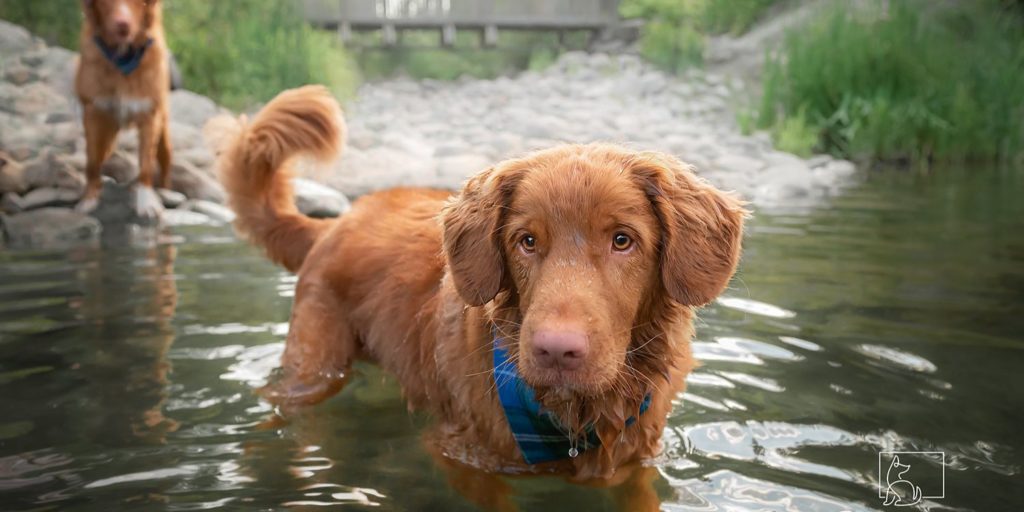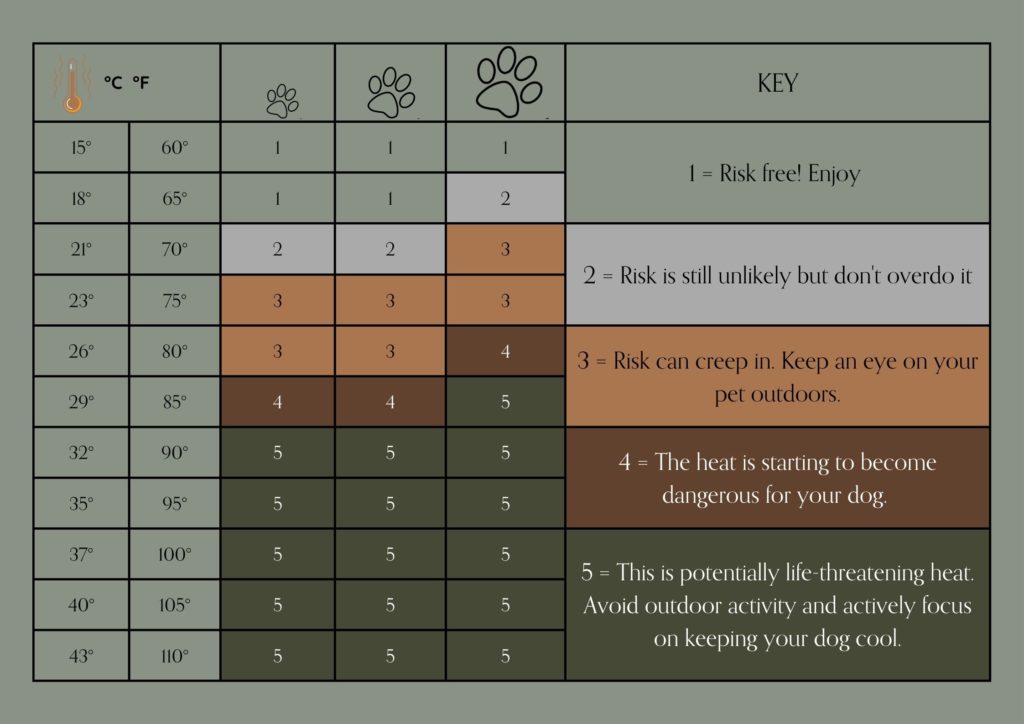

A proven factor that is known to cause heat stroke in dogs - potentially serving as a great threat to them - can be a result of climate change, which causes a drastic rise in the global temperature.
Therefore, heat stroke needs to be handled with emergency treatment because untreated heat stroke can cause extreme damage to a dog's brain, heart, kidney, and respiratory organs, causing acute pancreatitis, sepsis, etc.
Delayed treatment worsens the damage that may occur which can lead to more serious complications and in most cases, seizures or death. This article explains what heat stroke is, and how to identify, prevent and treat your dog for heat stroke. Keep reading!

In simple terms, heatstroke can be defined as a critical illness that can occur when a dog experiences an increase in its body temperature. Ideally, a dog’s body temperature should be around 38.6°C (101.5°F). Therefore if a pet's body temperature surpasses 103°F (39.4°C), it's safe to consider it an abnormal occurrence or hyperthermic.
In extreme cases of critical high temperature where a dog experiences multiple organ failures, seizures, and even death, its temperature can be around 107°F to 109°F (41.2°C to 42.7°C).
Therefore it's important to keep in mind that dogs do not have the ability to control their body temperature, unlike humans where sweat glands can be a good aid to release heat. Dogs possess a lesser number of sweat glands which can be found in their footpads. Most times, panting for dogs is the prominent way that helps them regulate their body temperature.
There're a significant number of signs and symptoms of heat stroke to look out for in your dogs. These signs and symptoms can progress rapidly, leading to more severe damage, so it's important to know what they look like.
Some common early signs of heat stroke dogs will display include:
Undoubtedly as heat stroke aggravates, the signs and symptoms also progress, some of these extreme symptoms include:

Taking precautionary measures to protect your dog from heat stroke is essential, it doesn't matter the breed, age, or size of your dog. Applying these procedures can help to prevent heat stroke in dogs.
The recommended time to take your dog for a walk is in the mornings or the evenings when the sun isn't at its peak. Especially if your dog is elderly, has a breathing disorder, is overweight, too young, or unfit.
Avoid placing your dog in poorly ventilated areas, like in a car, train, bus, etc. If travel is absolutely necessary, ensure access to enough water supply to keep them hydrated and try to make sure that there is enough inflow of air and plenty of shade. Bringing a cooling mat for long trips can also help to keep your dog cool when you might have limited resources too.
Ensure your dog has easy access to water whether in the house or at the park. You can go the extra mile by investing in a travel bowl or water dispenser specifically designed for your dog so that you can make sure they have access to water no matter where you are. Also, ensure your dog is seated in a shaded area and not directly under the sun.
Certain surfaces like hot sand, bitumen, artificial grass, and concrete that can easily absorb heat or get hot easily should be avoided.
Learning about the breed of your dog will help you decide on the best strap to go for. If your dog is brachycephalic (flat-faced), going for a harness can suffice. Collars can sometimes put pressure on the neck making it difficult for them to breathe.
The right meals, exercise, and diet can help keep your dog fit and prevent them from becoming overweight. This can help dogs easily cool themselves down when such occurrences take place.

Dogs experiencing heat stroke need urgent care and attention before taking them to the vet, here is some first aid care you can proffer:
As soon as your dog cools down, take them to the vet for proper checkup treatment.
Heat stroke can be life-threatening to humans as well as dogs. As summer heat accentuates, keeping your dog safe requires you to keep a close watch on them, whether indoors or during outdoor activities to prevent heat stroke. As discussed above, knowing how to prevent and treat heat stroke can reduce the risk of death or a long-term neurological disorder in your pet.

Want to keep up to date about dog stuff in Ottawa? Join my mailing list!